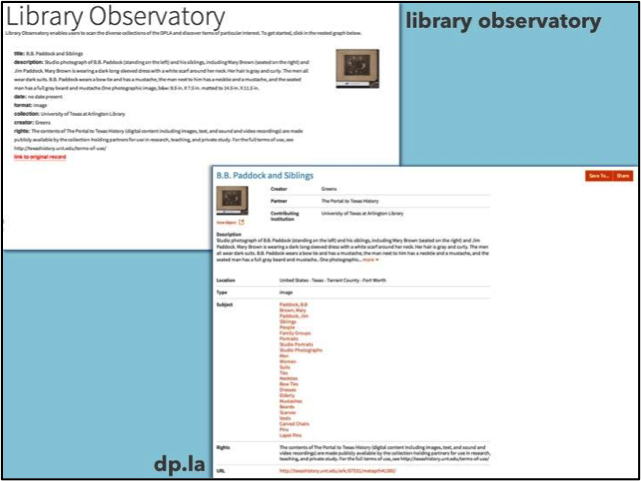In library and information science (LIS) research and practice, significant attention has been paid to users of libraries and information organizations. Since user studies first appeared in the LIS literature in the 1940s, their number has constantly increased. User studies have reported library use behaviors of specific user groups, demonstrated the extent that libraries fulfill users’ information needs, detailed user preferences for specific library services, and much more. A continuous and concentrated focus on users is sensible; after all, organizations of all types rely on their knowledge of the existing client base to ensure that operations are effective and responsive. Insights from user studies in the LIS domain have led to redesigned library physical and technical infrastructure, enhanced interfaces and information systems, and targeted marketing and outreach efforts.
In comparison, the number of studies of non-users of libraries and information organizations is small. The studies that are reported in the LIS literature have examined diverse library services and settings, including graduate student and faculty non-use of library e-book collections, discipline as a factor in non-use of library electronic resources and databases, business managers’ reactions to their employees’ non-use of business libraries and information services, and socio-demographic characteristics of public library non-users.
Clearly, it is not impossible to investigate non-users and gather their perspectives on libraries, but there are significant barriers to doing so. First, defining a non-user of a library or information organization is not as simple as it would appear. For instance, there are involuntary non-users who do not have a library to use, and voluntary non-users who have a library to use but willfully choose alternatives. There are absolute non-users who are unknown and unseen, while others are actually marginal users who under-use the library (or some aspect of it). Second, gaining access to non-users is neither convenient nor straightforward. Third, there exists healthy skepticism in the profession about whether non-users can be convinced to become library users, leading to doubts about the actual benefits gained from non-user research.
But in today’s modern, complex information environment, clarifying the position of the library in the life of information seekers—those who use libraries as well as those who do not—is more critical than ever before. With libraries facing competition around every corner, understanding more about non-users could help libraries and information organizations keep apace with digital transformations and further strategic change efforts. Taken together with users’ perspectives about libraries, non-users’ perspectives give libraries a more complete picture of their impact and reach. Furthermore, insights from connecting with non-users can provide libraries with actionable information to gain new clients, regain users who the library lost at some point along the way, or strengthen ties with current users.
The prevalence of user studies in LIS illustrates the profession’s strong user-centered tenet, but non-use and underutilization of libraries and information organizations is a valid concern. Additional knowledge, building on previous studies of non-users, would benefit LIS practice and research by establishing techniques for identifying and accessing non-users and broadening the profession’s approach for improving libraries and their services.


